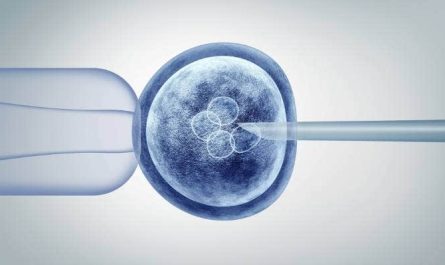The specific input could be light, heat, motion, moisture, pressure, or any other property. In healthcare, medical sensors are becoming increasingly common for monitoring patients and collecting diagnostic health data. With continuous technological advancements, medical sensors are revolutionizing how doctors, nurses, and health professionals care for patients.
Vital Sign Monitoring Sensors
One of the most common uses of Medical Sensors is for vital sign monitoring. Heart rate, blood pressure, respiratory rate, temperature – continuously tracking these core measures provides crucial insight into a patient’s condition. Non-contact sensors allow remote monitoring so medical staff can check in on multiple patients simultaneously without disturbing rest. Technologies like photoplethysmography sensors use light to measure heart rate and blood oxygen levels through the skin. Other contact sensors use electromyography to measure small electrical signals from muscles. Continuous monitoring helps catch any abnormalities or deterioration early.
Wearable & Implantable Sensors
Wearable sensors allow for extended monitoring beyond clinical settings. Fitness trackers and smartwatches contain sensors to track steps, heart rate, sleep, and more. Medical-grade wearables provide clinicians access to patients’ real-time and historical health data from home. Implantable sensors take this a step further by being embedded or ingested. Pacemakers contain sensors to regulate heart rhythm. Ingestible “smart pills” have sensors, cameras, and trackers to monitor conditions like ulcerative colitis from inside the gastrointestinal tract without invasive procedures. Implanted glucose monitors provide diabetics continuous glucose readings through a small sensor under the skin.
Nutrition & Wellness Monitoring
Nutritional and wellness sensors are expanding monitoring capabilities. Smart kitchen scales and utensils provide meal logging and estimate calorie or nutrient breakdown. Biosensors incorporated into flexible skin patches or fabrics can analyze sweat or interstitial fluid for biomarkers like glucose, alcohol, lactate, and hydration levels. Chewing sensors detect eating and drinking habits. Breathalyzers detect alcohol or disease biomarkers in exhaled breath for remote monitoring or screening. Together these emerging sensors are helping assess dietary intake, nutrition status, metabolism, stress levels, and overall lifestyle factors influencing health and wellness over time.
Biofluid & Tissue Analysis Sensors
Sensors are also enhancing diagnostic testing by miniaturizing lab equipment. Paper microfluidic sensors analyze saliva, urine, or blood with only a drop of sample. Similar technology could democratize testing by bringing lab-quality analysis to point-of-care. ‘ Organ-on-chip’ microfluidic devices simulate tissue-drug interactions or disease modeling. Biosensors incorporated into endoscopes, catheters, and biopsy needles allow real-time analysis of tissues during medical procedures for rapid results. Advancing DNA, protein, and metabolite sensing technologies are enabling non- or minimally-invasive screens for an increasing number of conditions from a simple finger prick blood sample.
Neurological & Cognitive Monitoring Sensors
Sensors are enabling new frontiers in neurological monitoring as well. EEG and EMG sensors are helping uncover insights into the physiological basis of conditions like epilepsy, migraines, tremors and more. Sensors built into headphones, headbands and scalp patches allow ambulatory EEG monitoring beyond clinical facilities. Wearable sensors also track signals like heart rate variability and respiration to provide insights into stress levels and detect seizure activity. Digital platforms populated with cognitive assessments and behavior tracking are helping clinicians remotely monitor conditions like Alzheimer’s disease progression over time. Paired with artificial intelligence, these digital tools could flag subtle changes earlier.
The Future of Medical Sensors
Advances in microchip miniaturization, flexible electronics, power harvesting, and wireless connectivity continues expanding the medical applications of sensing technology. In the future, ingestible sensors may map the microbiome and monitor for pathogens or inflammation throughout the digestive tract. Nanoscale or molecular sensors may analyse fluids at the cellular or protein level with more sensitivity than existing methods. The application of artificial intelligence and machine learning techniques to medical sensor data streams promises automation of tasks like fall detection, anomaly detection to flag health events, disease forecasting and predictive analytics. With growing amounts of real-world physiological and behavioral data, sensors promise to continue revolutionizing healthcare by empowering both patients and providers with actionable health insights to improve wellness and quality of life.
*Note:
1.Source: Coherent Market Insights, Public sources, Desk research
2.We have leveraged AI tools to mine information and compile it
About Author - Ravina Pandya
Ravina Pandya,a content writer, has a strong foothold in the market research industry. She specializes in writing well-researched articles from different industries, including food and beverages, information and technology, healthcare, chemicals and materials, etc. With an MBA in E-commerce, she has expertise in SEO-optimized content that resonates with industry professionals. LinkedIn Profile


 by
by 


